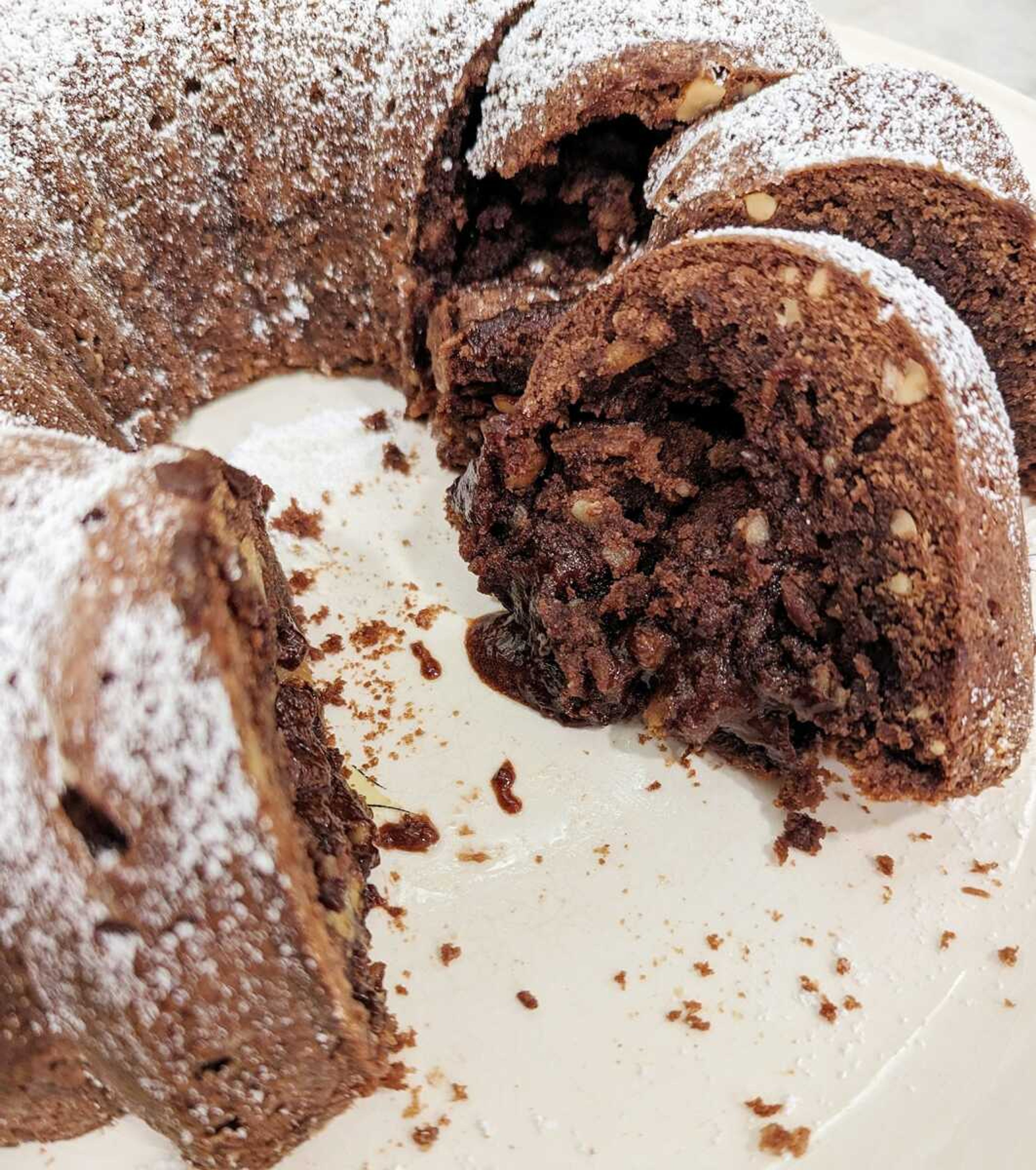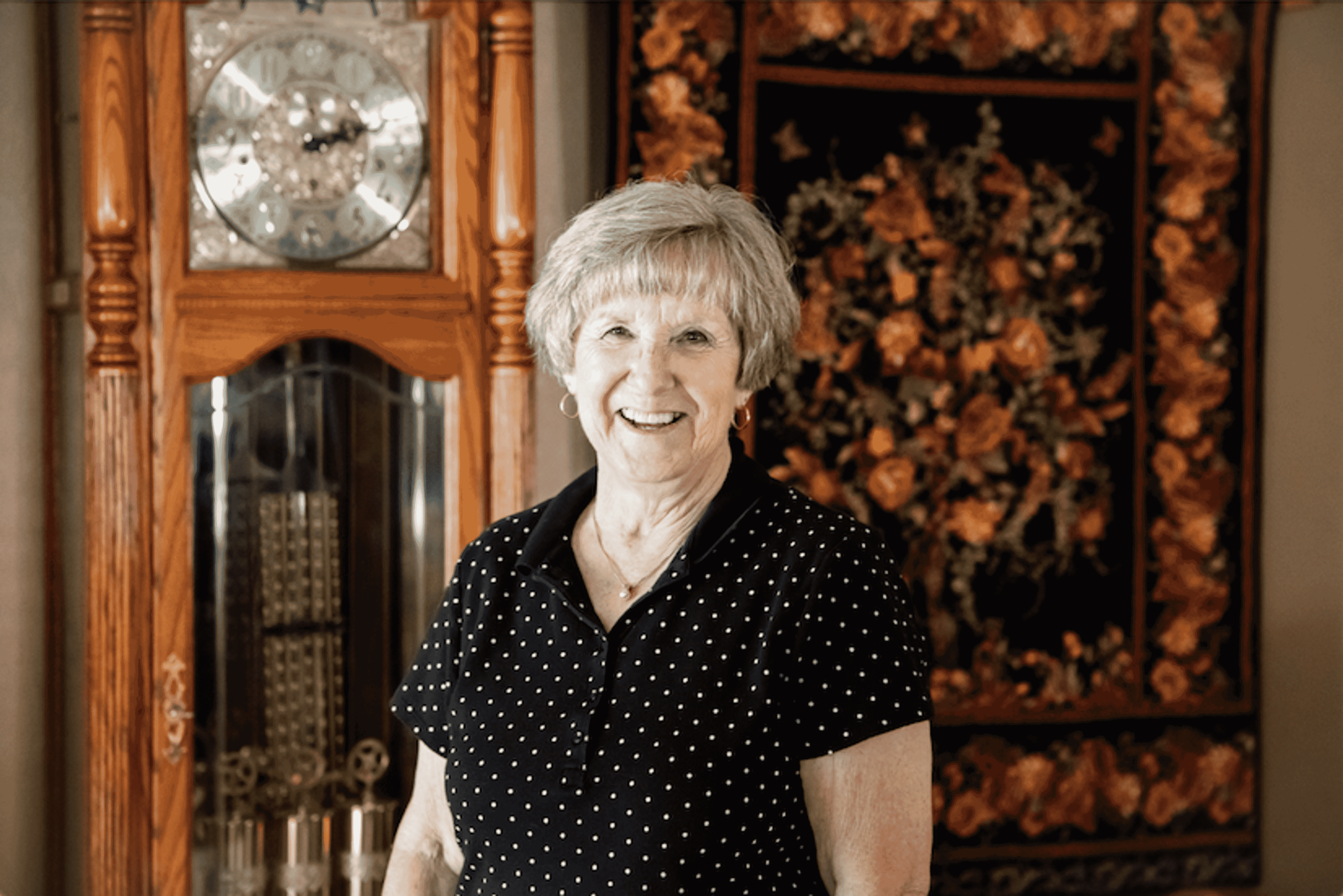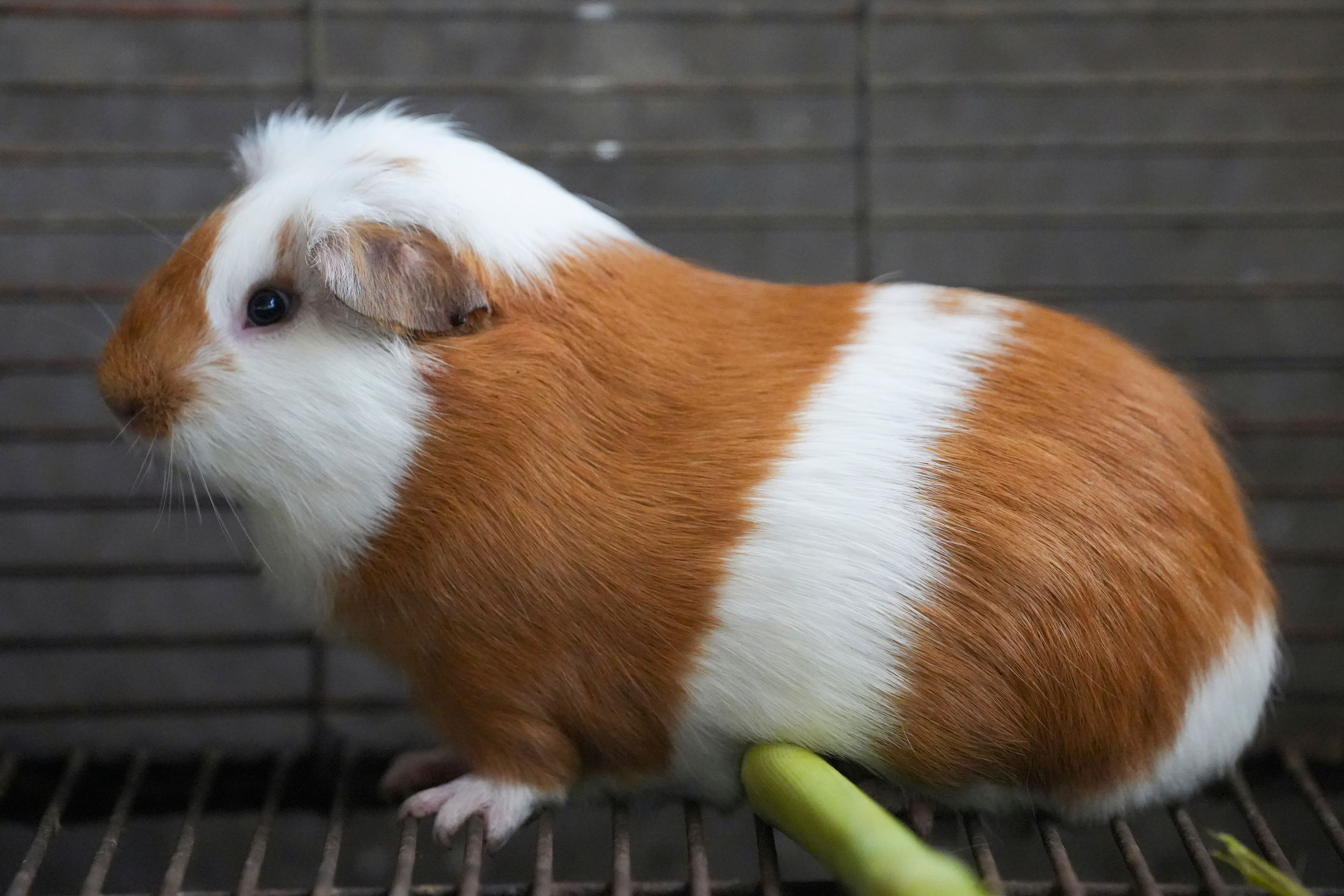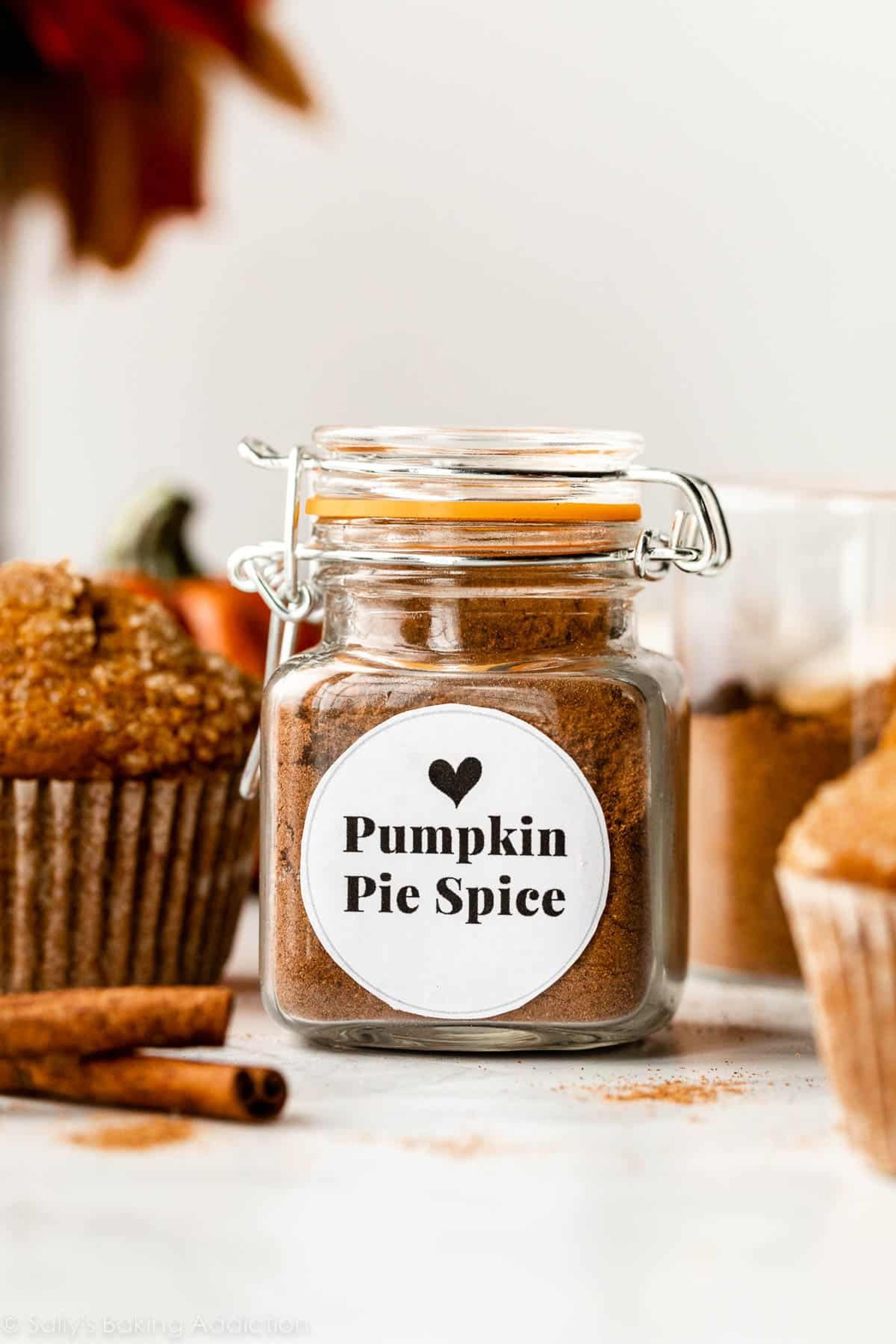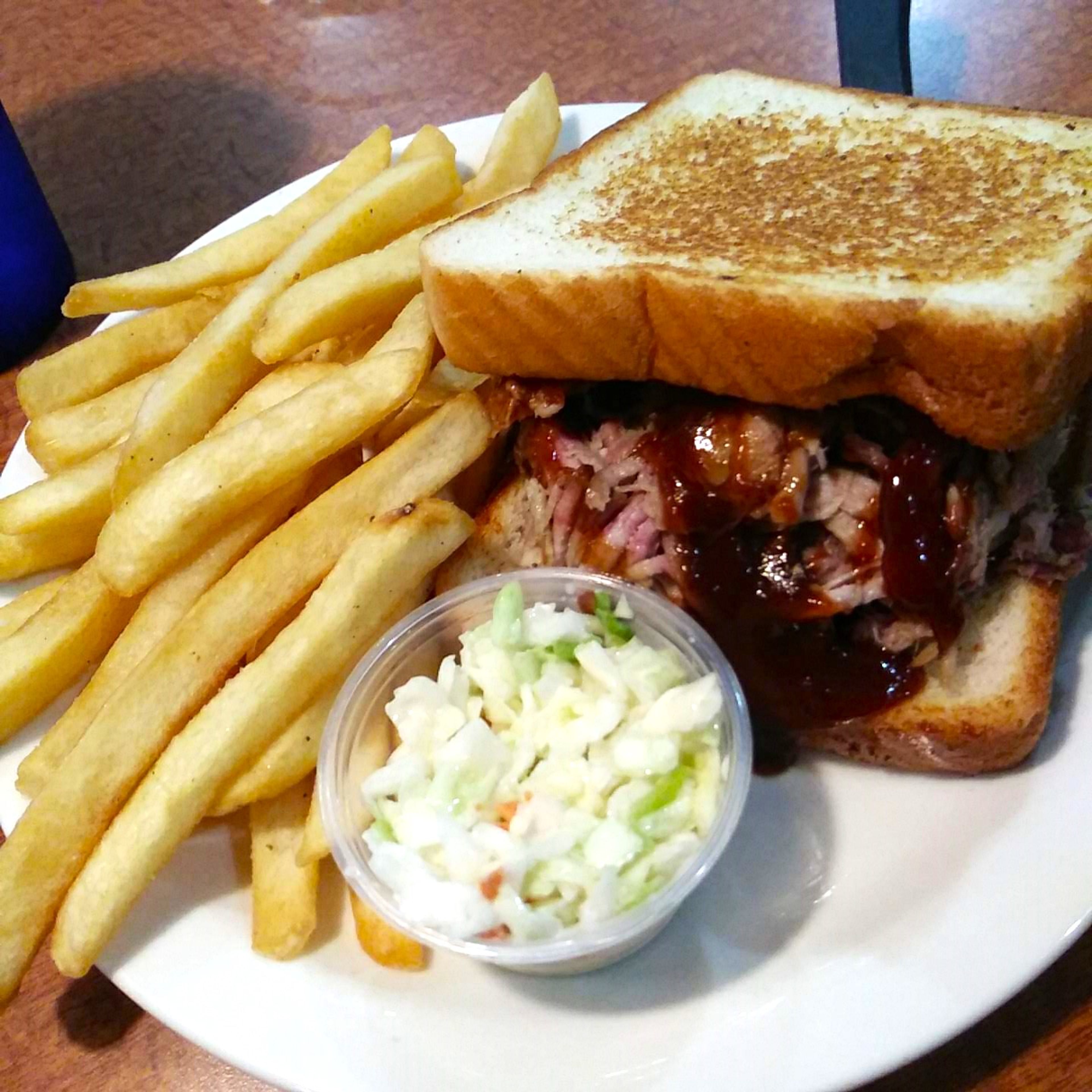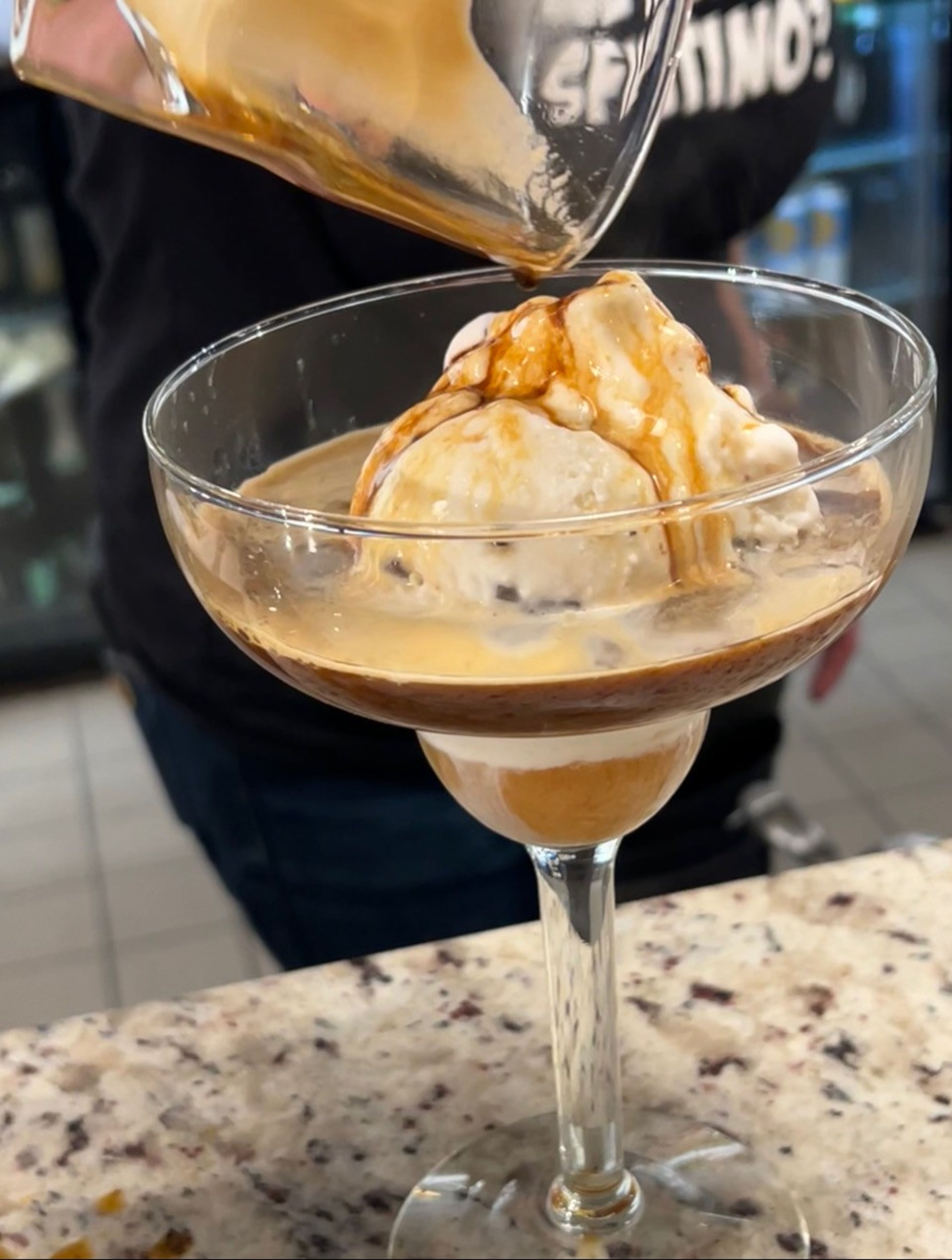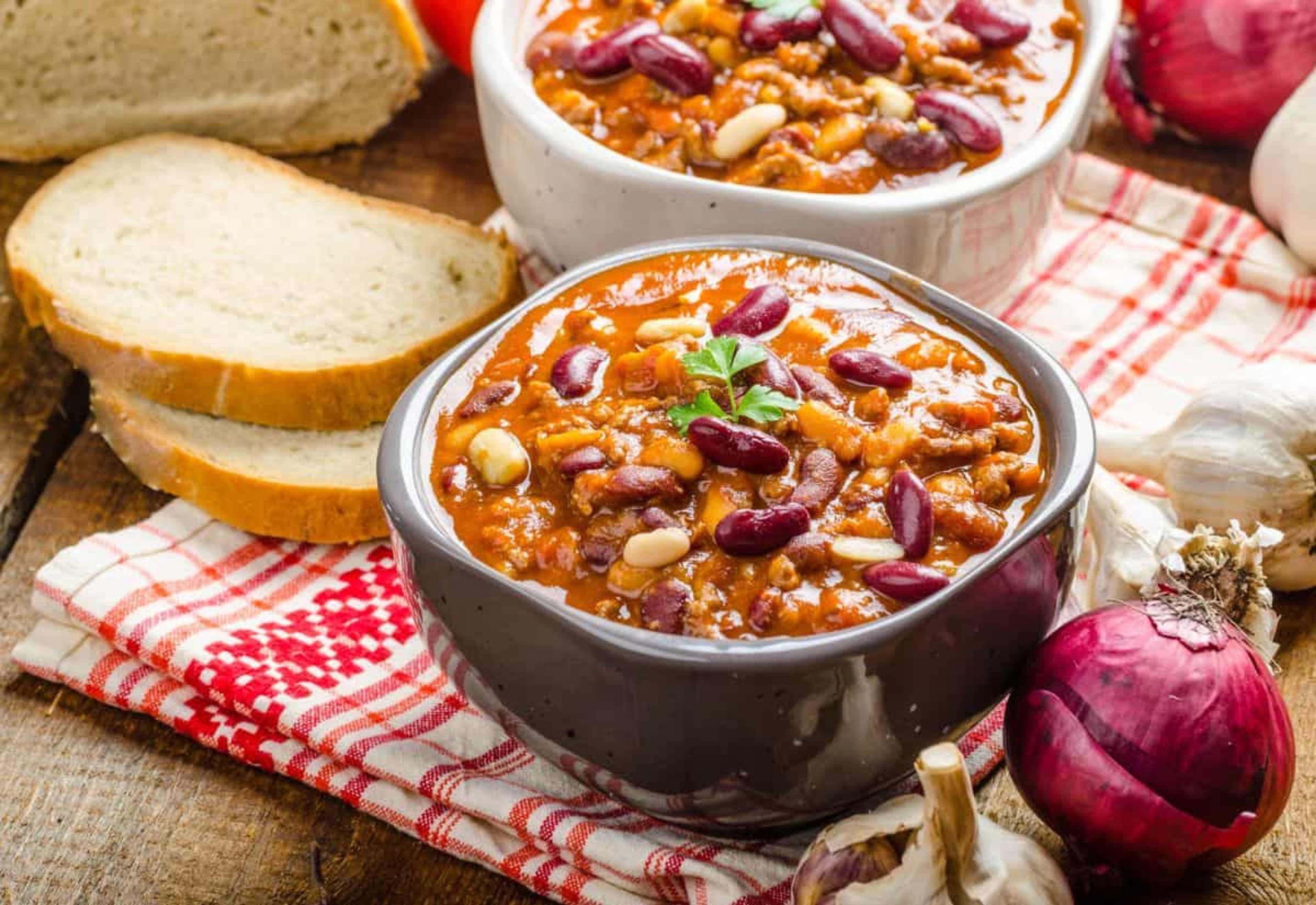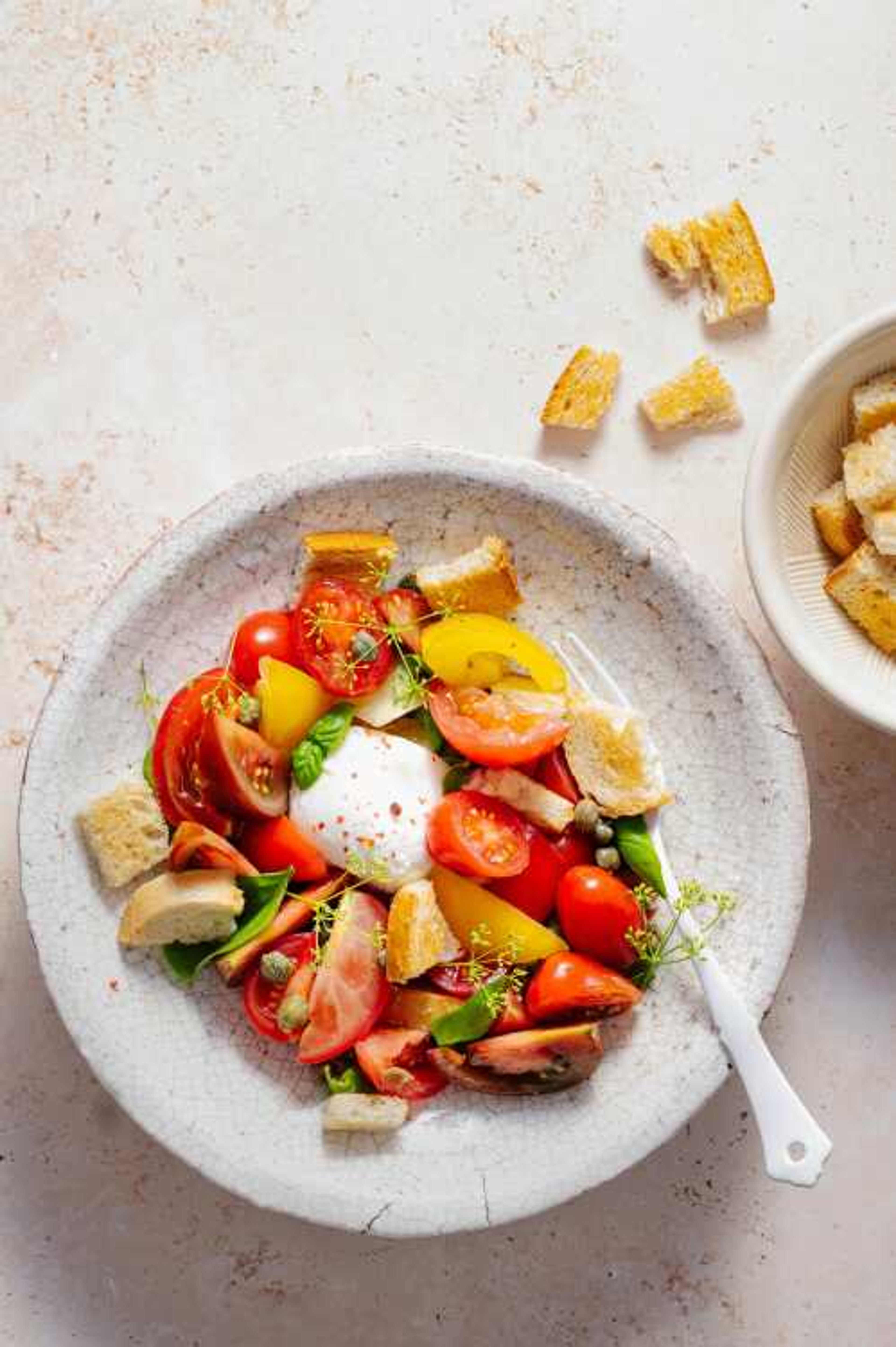Jim Carey auditioned several times for Saturday Night Live, but never got on the show. He's now considered a pioneering comedian.
Jean Sibelius on his honeymoon tried out for a spot in the Helsinki Philharmonic. He didn't get it. Today he's considered one of the most innovative composers since Beethoven.
In 1858 an undistinguished Abraham Lincoln ran for the U.S. Senate. He lost. Two years later he became the president most scholars rate as the greatest in American history.
Sometimes not coming in first is not the end of the world. Certainly that was the case in 1966 when Ella Rita Helfrich took second place in the Pillsbury Bake-Off with her Tunnel of Fudge Cake. No one remembers who took first place, but the Tunnel of Fudge became the most popular Bake-Off recipe ever and put the Bundt pan on the map.
Though Helfrich's creation may be the most memorable, there are many other cases where the Bake-Off influenced American cuisine. Thus, today it's a rare holiday party that doesn't feature a plate of Freda Smith's 1957 winner: thumbprint cookies with Hershey's kisses pressed into their centers.
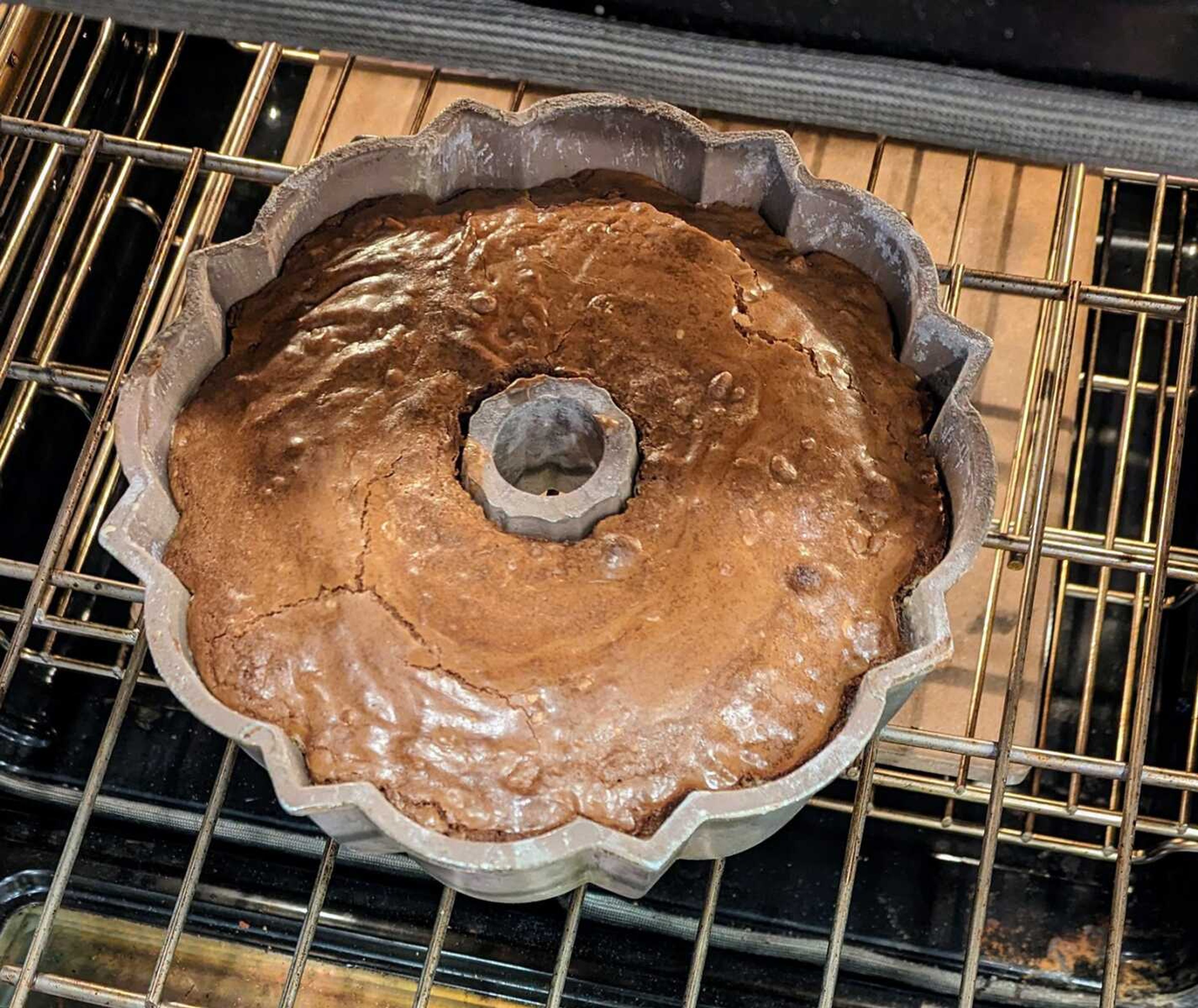
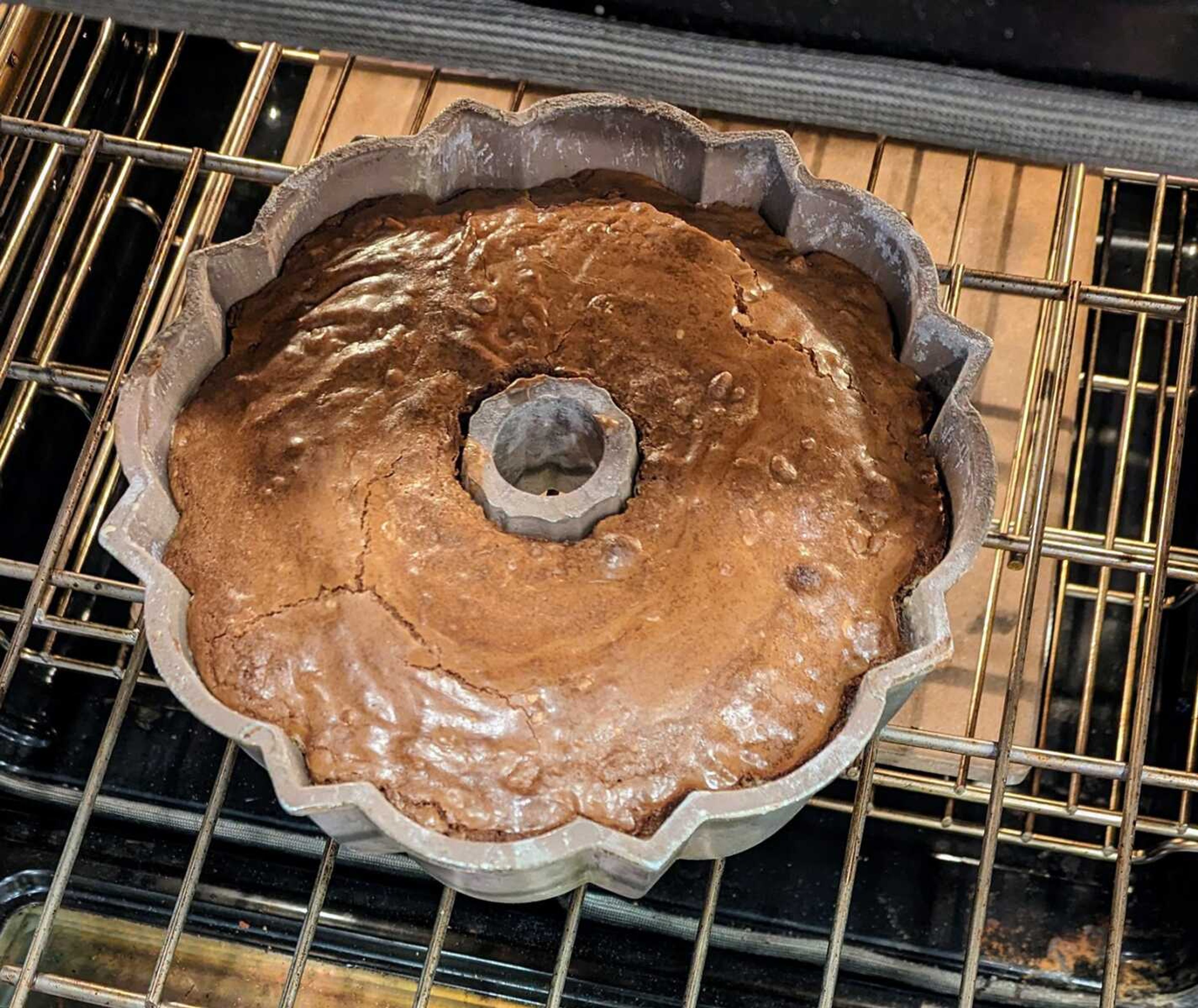
Without the Bake-Off there might not have been Iron Chef, Top Chef, or Master Chef. The most competitive cooking contest ever, it's why the British Baking Show can't call itself the British Bake-Off. Pillsbury owns the term Bake-Off.
When the Bake-Off began it was little more than a thinly disguised tactic designed to sell Pillsbury flour. To be eligible, submitted recipes had to call for at least half a cup of the stuff. If you attached the seal from the flour package to your entry, your prize winnings doubled.
At the first contest, the grandson of Pillsbury's co-founder escorted contestants at the Waldorf-Astoria ballroom in New York to 100 stoves powered partially by electricity borrowed from the New York subway system. Contestants got to keep the stoves.
After nearly three-quarters of a century the Bake-Off has judged thousands of recipes, awarded millions of dollars, and enticed dozens of famous personalities to host the event, including Eleanor Roosevelt and Ronald Reagan (though not together.) Not everyone has been a fan. Nora Ephron, shadowing finalists one year, described her experience as "like being locked overnight in a bakery — a very bad bakery." The rest of us give the Bake-Off credit for reflecting — and shaping — American cooking trends over the years. If it did nothing more than give us Tunnel of Fudge Cake, it deserves our undying gratitude.
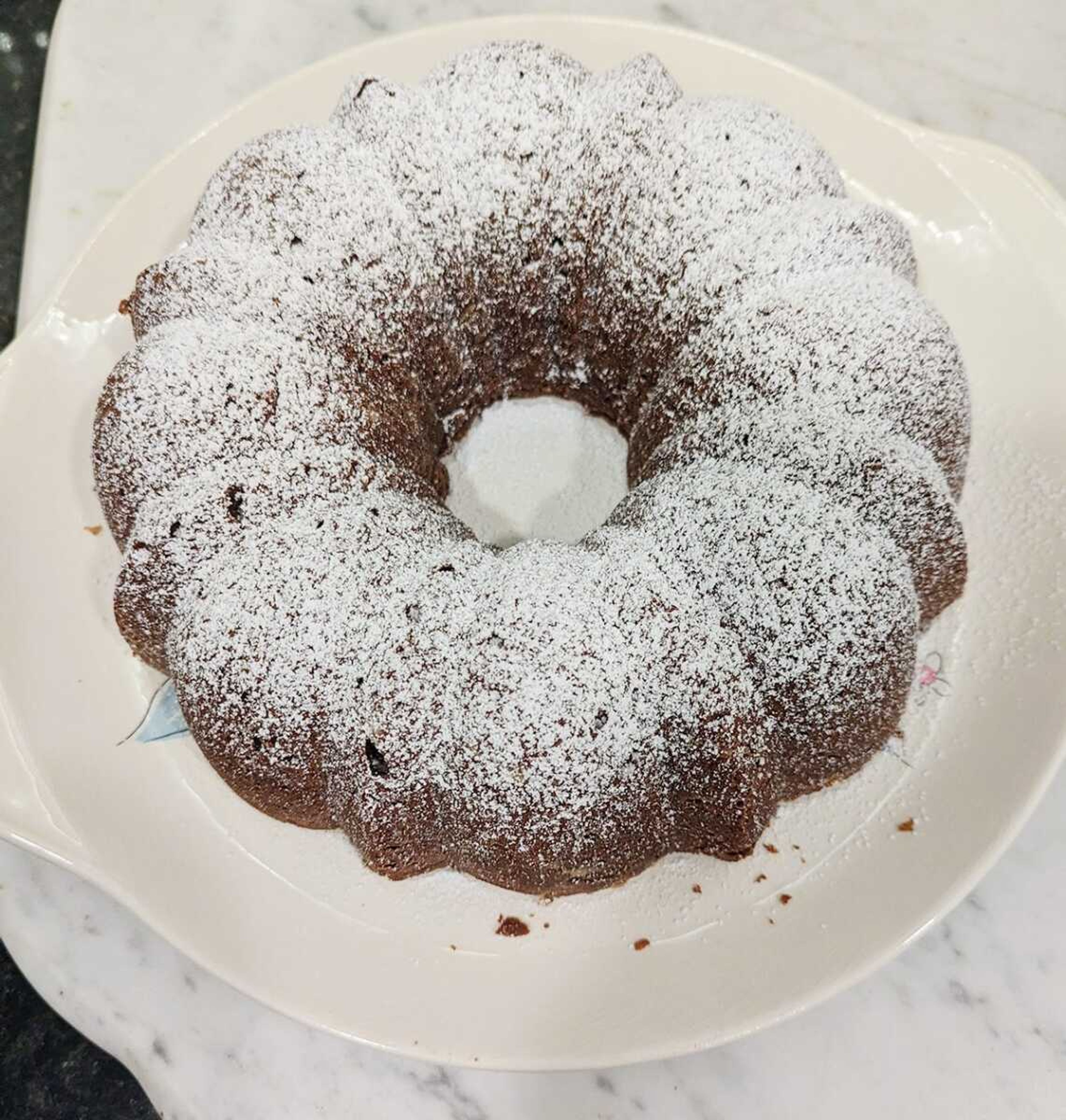
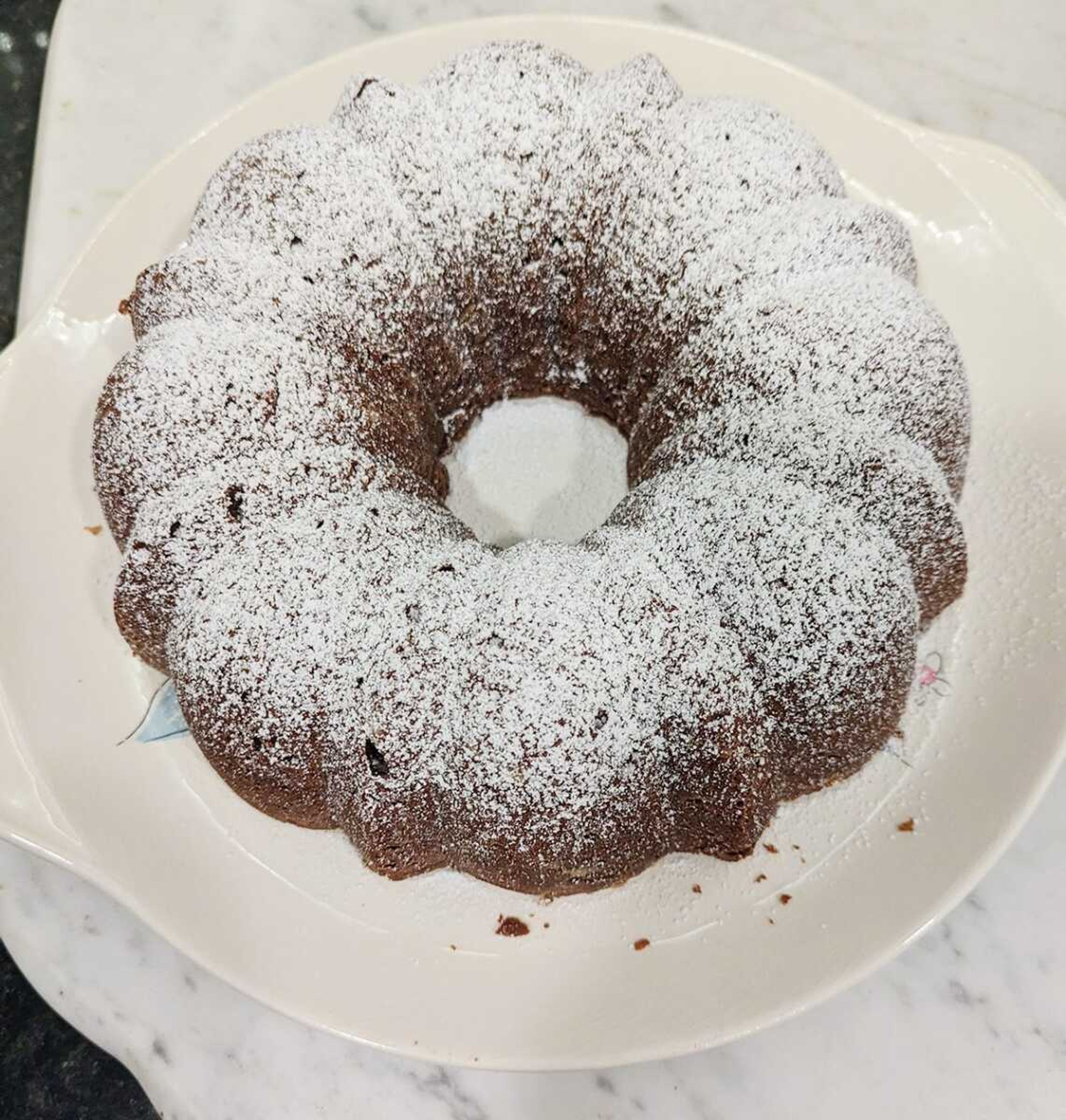
Tunnel of Fudge Cake
The original Tunnel of Fudge Cake utilized Pillsbury Frosting Mix to create an almost molten cake center of chocolate and nuts that gave the cake its name and appeal. Inexplicably, Pillsbury ceased production of the mix leaving home bakers to fend for themselves. Thankfully, culinary chemist Shirley Corriher has devised this recipe, adapted from Anne Byrn's American Cakes, that requires no mix.
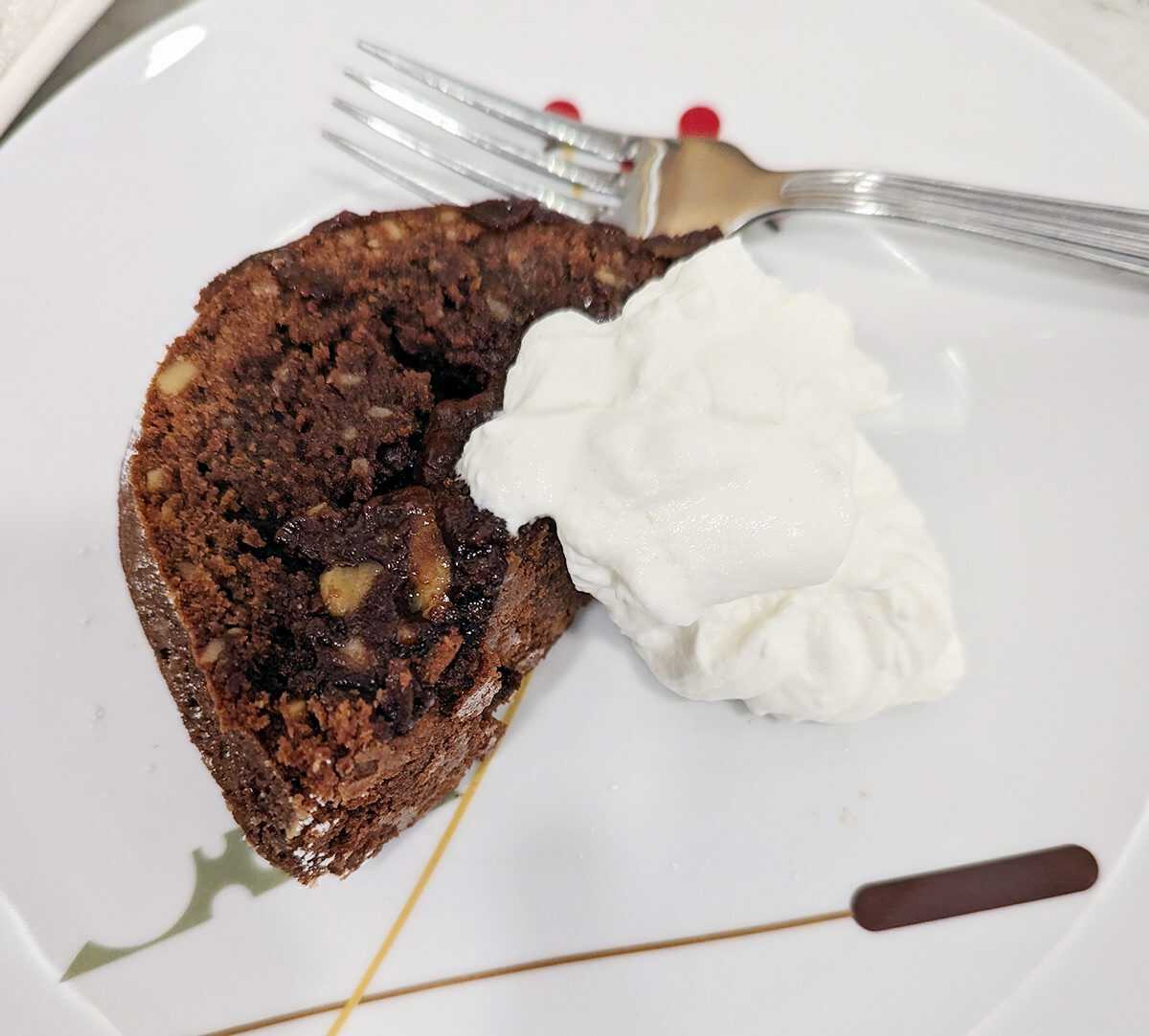
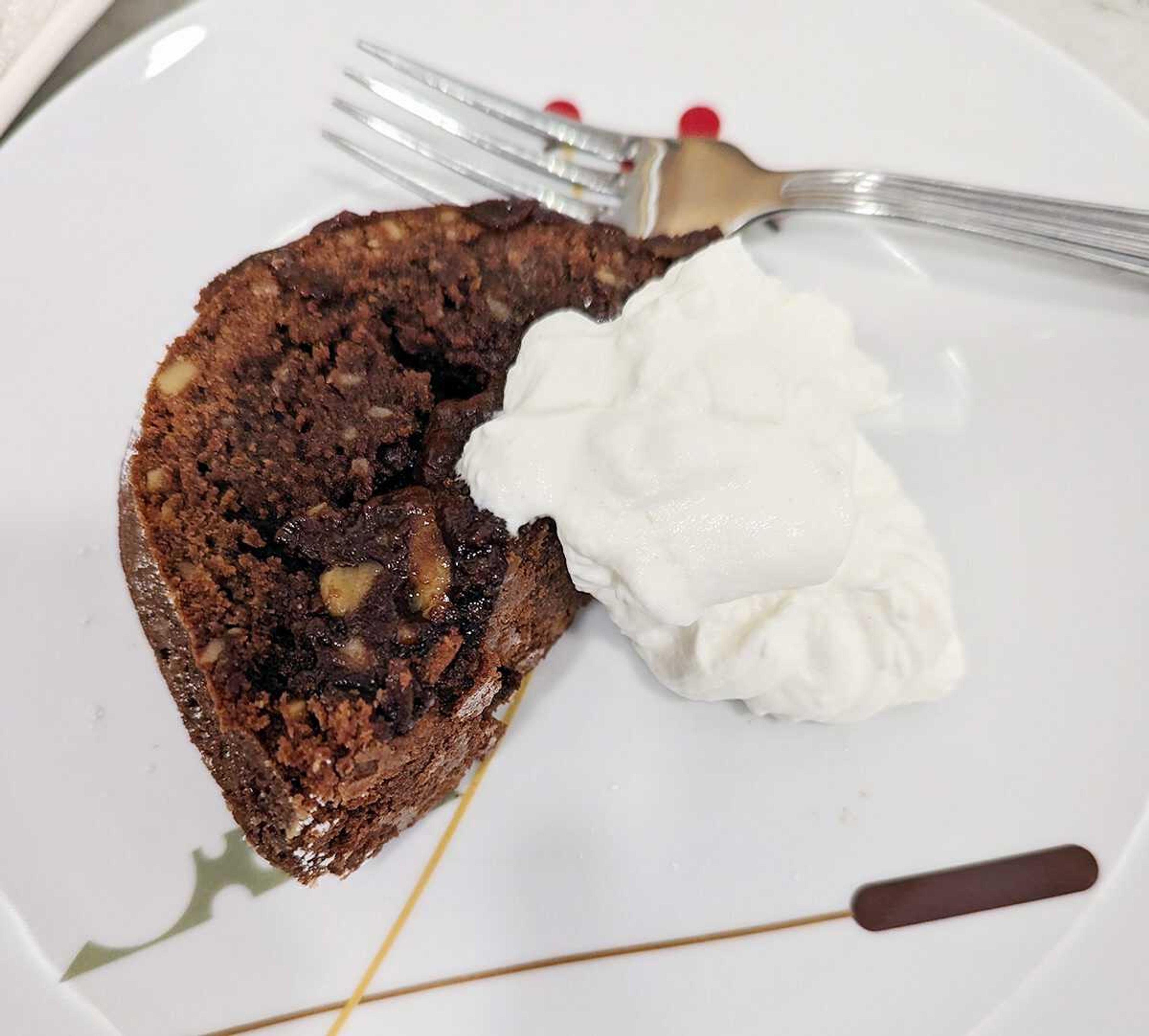
- 2-1/2 cups chopped walnuts
- 2 tablespoons melted butter
- 2-1/2 sticks softened butter divided into tablespoon-sized pieces
- 1 cup sugar
- 3/4 cup dark brown sugar
- 1 teaspoon vanilla
- 1/3 cup oil
- 1/2 teaspoon salt
- 2 egg yolks
- 4 eggs
- 2 cups powdered sugar
- 3/4 cup cocoa
- 2-1/4 flour
Put a heavy baking sheet or pizza stone in the lower third of the oven. Heat to 350 degrees. Toast nuts until lightly browned, add melted butter and a pinch of salt and toss to coat. Set aside. Beat butter on medium speed of mixer until fluffy. Add sugars, beating until creamy. While beating, check if bowl feels cool. If not, place in freezer for five minutes before proceeding. Blend in vanilla, oil, and salt. Beat in egg yolks. Blend eggs lightly with a fork, then add to batter in 3 batches on low speed. Add powdered sugar and cocoa just until combined. Stir together flour and nuts and fold into batter then spoon into greased and floured 10-inch Bundt pan. Bake precisely 45 minutes at 350 degrees. (Exact oven temperature is critical.) Let cool 15 minutes, then press down on cake to deflate the air pocket which will have formed on top. Run knife around cake edges, invert, and cool 45 minutes. Sprinkle with powdered sugar or drizzle with chocolate glaze if you like.


Connect with the Southeast Missourian Newsroom:
For corrections to this story or other insights for the editor, click here. To submit a letter to the editor, click here. To learn about the Southeast Missourian’s AI Policy, click here.

